ANTD.VN - While bad debt remains high and deposit interest rates are unlikely to decrease further, reducing lending interest rates will be a challenge for banks in 2025.
Bad debt still weighs on banks
According to data from the financial statements of 27 listed banks, as of the end of the third quarter of 2024, the total outstanding bad debt (group 3-5 debt) of these banks was VND 253,479 billion, an increase of VND 56,160 billion compared to the end of 2023 (equivalent to an increase of 28.5%). This increase is much higher than the credit growth of the whole economy and accounts for 2.3% of the total outstanding customer loans of the 27 banks.
Meanwhile, banks' bad debt buffers are thinning. Data shows that by the end of September 2024, only four banks had a bad debt provision ratio of over 100%, namely Vietcombank, VietinBank, BIDV, and Techcombank. Most banks recorded a decrease in this ratio over the past year.
According to Mr. Nguyen Quoc Hung, Vice Chairman and General Secretary of the Vietnam Banks Association (VNBA), in 2025, bad debt will still be a difficult problem for banks, especially when businesses are still facing many difficulties, having just gone through a long period of being affected by Covid-19, and continuing to suffer the consequences of natural disasters such as Typhoon Yagi.
Currently, the debt structure and term have been adjusted, but in essence, it is still bad debt. Therefore, when making new loans, banks must always review old debts to see if businesses and customers have the ability to repay the debt or not.
“Currently, the bad debt ratio of the whole system is less than 3%. I think this is a very impressive number. However, the bad debt pressure will continue until 2025 when Circular 02/2023/TT-NHNN expires, all debt restructuring will be a pressure on credit institutions,” said Mr. Hung.
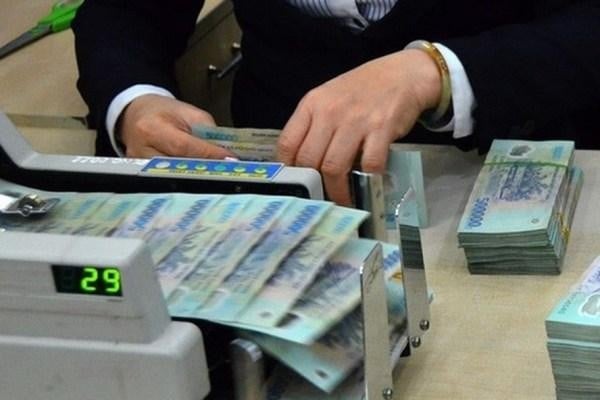 |
Bad debt pressure on banks increases as Circular 02 on debt restructuring and maintaining debt groups expires |
According to Mr. Nguyen Quoc Hung, in recent times, the banking industry has had many solutions to reduce bad debt pressure. One of the main solutions is still to set aside risk provisions, handle bad debt with the banks’ own resources; promote debt collection, handle collateral for irrecoverable debts...
However, according to him, in the context of the real estate market being quiet at times, although there have been signs of movement recently, the high prices make it very difficult to handle the foreclosure of secured assets as well as product consumption.
In particular, according to Mr. Hung, Resolution 42 allows banks to seize collateral. However, after the Law on Credit Institutions is passed, banks are no longer allowed to seize collateral. This will also lead to difficulties for banks in accessing and recovering debts, especially bad debts, especially when there is no cooperation from borrowers. Therefore, banks will need to set aside a portion of their profits to handle bad debts.
Reducing interest rates is a difficult problem
Recently, the State Bank of Vietnam (SBV) has issued many policies and continuously requested commercial banks to reduce interest rates to support people and businesses. According to SBV, the average lending interest rate in 2023 has decreased by more than 2.5%/year compared to the end of 2022; by the end of October 2024, it will continue to decrease by about 0.76%/year compared to the end of 2023.
However, the SBV leaders admitted that further interest rate reduction in the coming time is very difficult. SBV Governor Nguyen Thi Hong said that factors that put pressure on interest rates include: exchange rates; demand for credit capital is likely to continue to increase in the coming time; finally, bad debt is also an obstacle that makes it difficult for commercial banks to further reduce lending rates, because interest rates reflect the risks of the economy.
Mr. Nguyen Quoc Hung also said that in the coming time, it may be difficult to reduce the mobilization interest rate. "In such development conditions, banks always need to support businesses through lending at low interest rates. This is also one of the pressures, when banks have to reduce lending interest rates while input interest rates are at a threshold that is difficult to adjust" - Mr. Hung said.
Therefore, according to him, to cut lending rates, banks reduce costs, even cut part of their profits to share with businesses.
VNBA leaders believe that if the above issues are not resolved synchronously and drastically, they could lead to difficulties and even affect the liquidity of the banking system.
“Currently, businesses and individuals are depositing a lot of money in banks. When the economy develops, other investment channels are more attractive, people do not prefer to deposit savings. Thus, banks will have difficulty mobilizing capital. At that time, banks need to increase input interest rates, leading to difficulties in reducing interest rates for businesses,” said Mr. Hung.
Source: https://www.anninhthudo.vn/no-xau-va-giam-lai-suat-hai-thach-thuc-lon-cua-nganh-ngan-hang-trong-nam-2025-post600151.antd


![[Photo] Ho Chi Minh City speeds up sidewalk repair work before April 30 holiday](https://vstatic.vietnam.vn/vietnam/resource/IMAGE/2025/4/3/17f78833a36f4ba5a9bae215703da710)
![[Photo] General Secretary To Lam receives Japanese Ambassador to Vietnam Ito Naoki](https://vstatic.vietnam.vn/vietnam/resource/IMAGE/2025/4/3/3a5d233bc09d4928ac9bfed97674be98)
![[Photo] Prime Minister Pham Minh Chinh chairs meeting after US announces reciprocal tariffs](https://vstatic.vietnam.vn/vietnam/resource/IMAGE/2025/4/3/ee90a2786c0a45d7868de039cef4a712)

![[Photo] A brief moment of rest for the rescue force of the Vietnam People's Army](https://vstatic.vietnam.vn/vietnam/resource/IMAGE/2025/4/3/a2c91fa05dc04293a4b64cfd27ed4dbe)
![[Photo] Prime Minister Pham Minh Chinh chairs the first meeting of the Steering Committee on Regional and International Financial Centers](https://vstatic.vietnam.vn/vietnam/resource/IMAGE/2025/4/3/47dc687989d4479d95a1dce4466edd32)






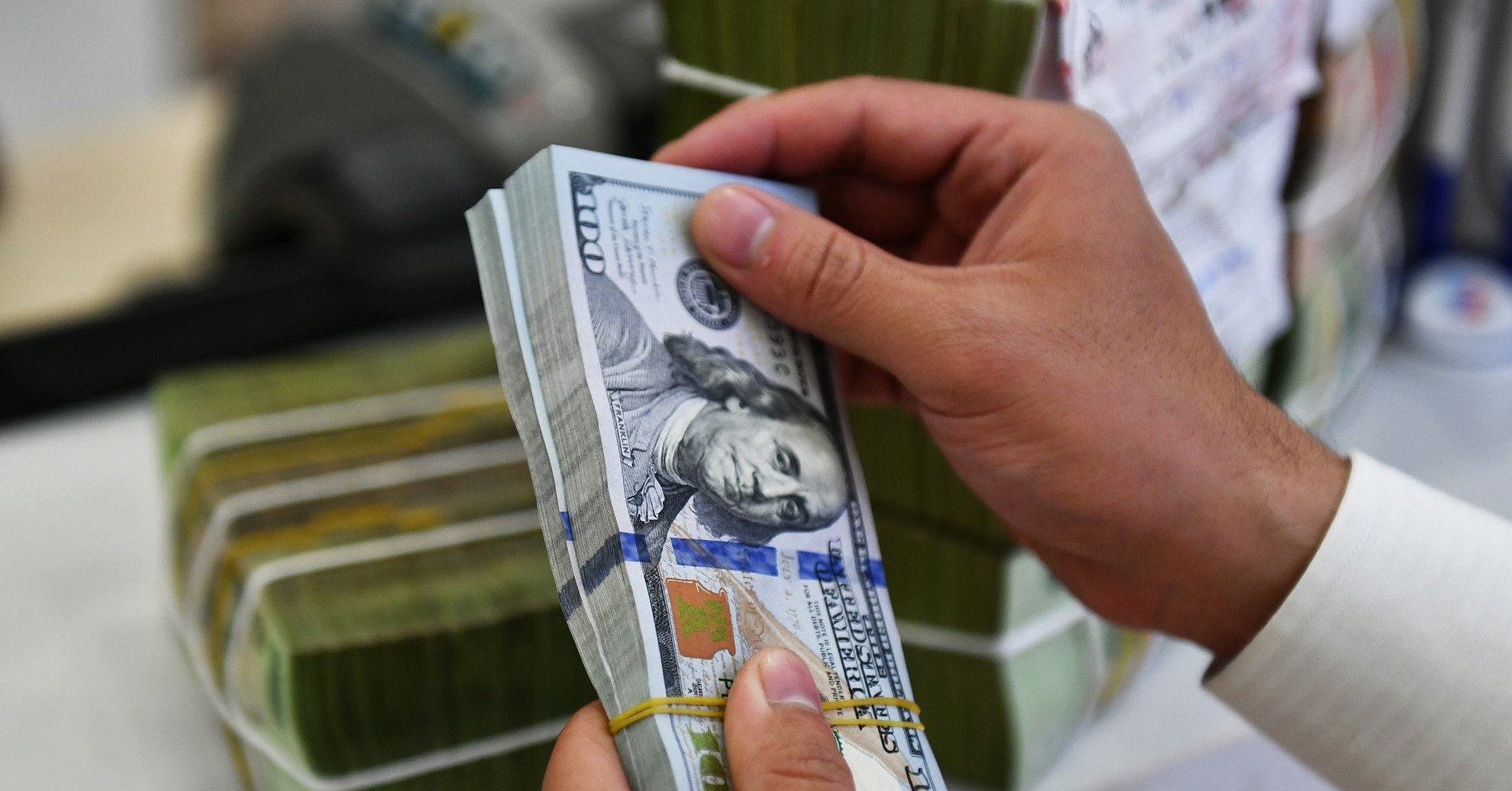




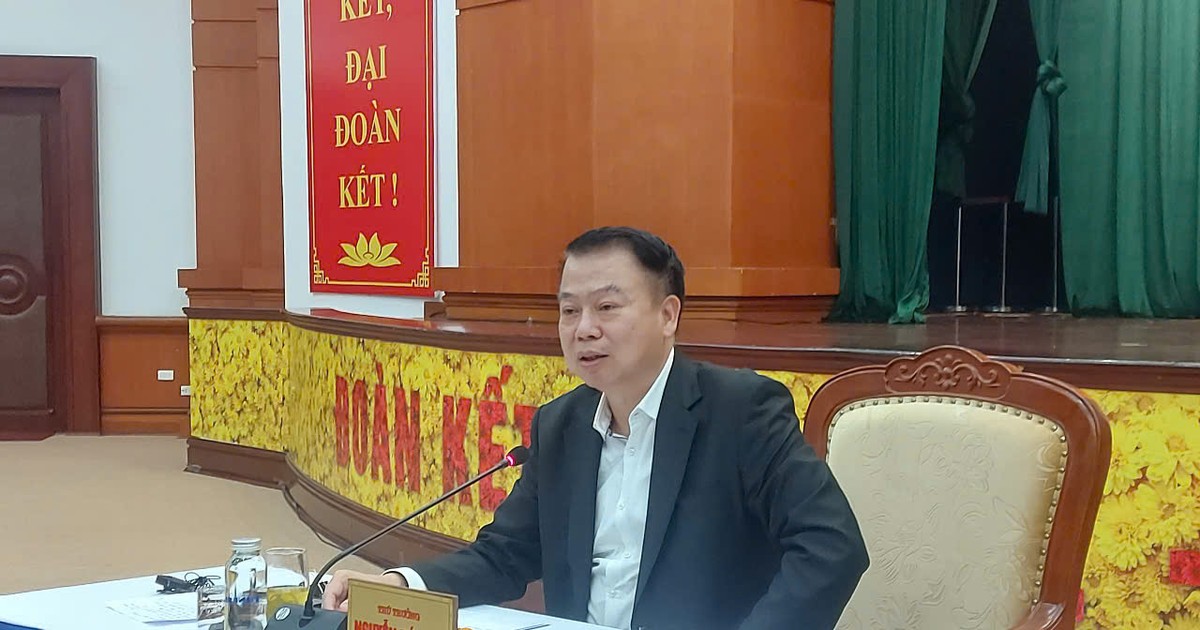



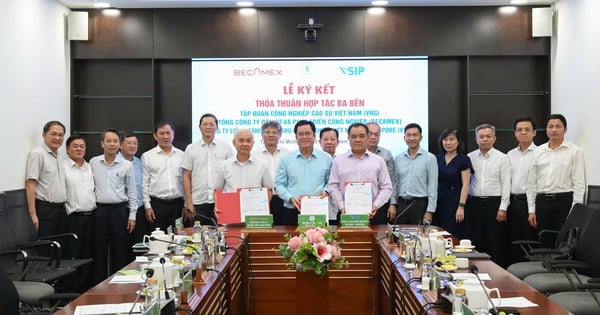







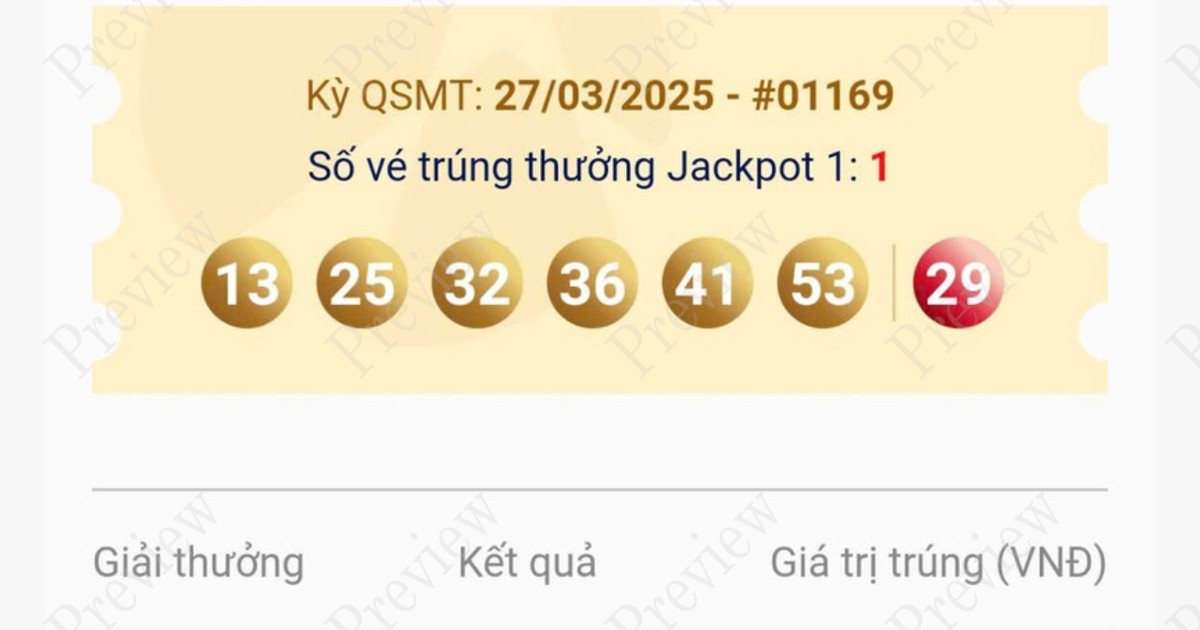

















































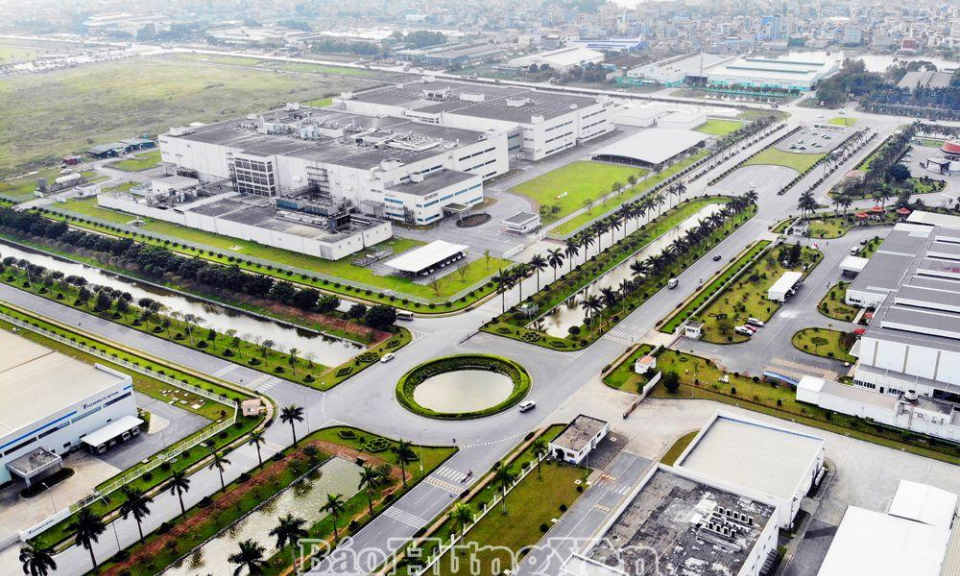













Comment (0)